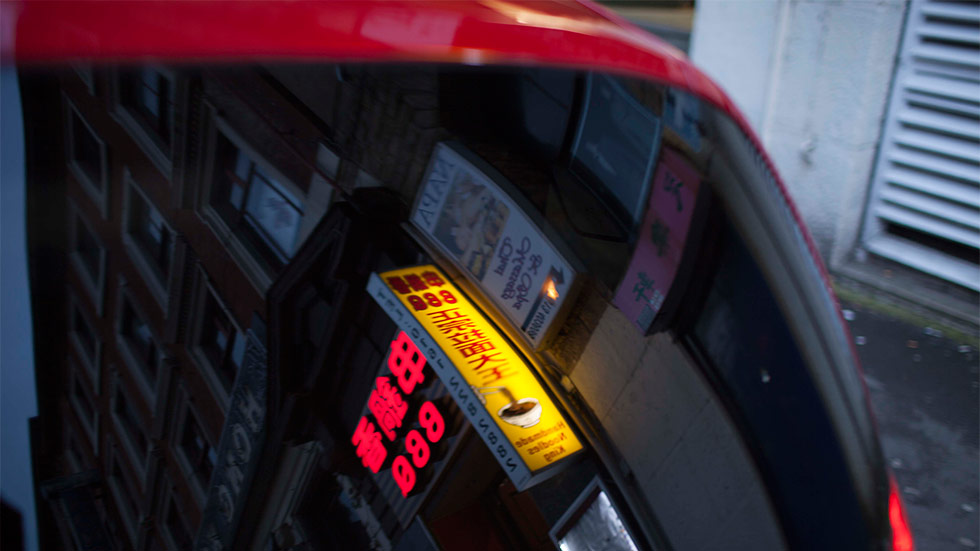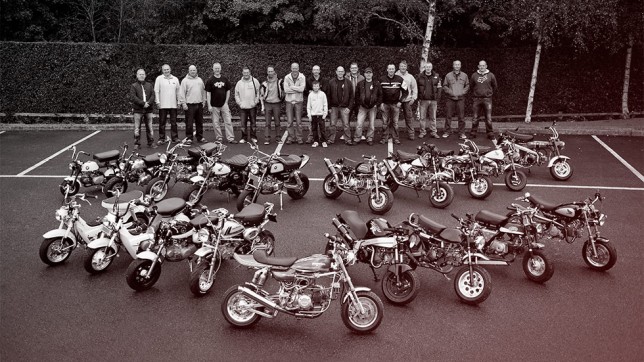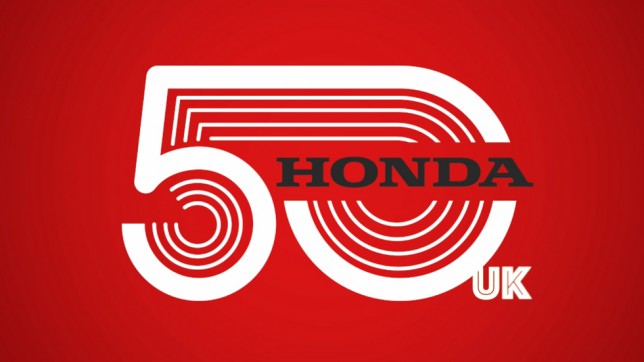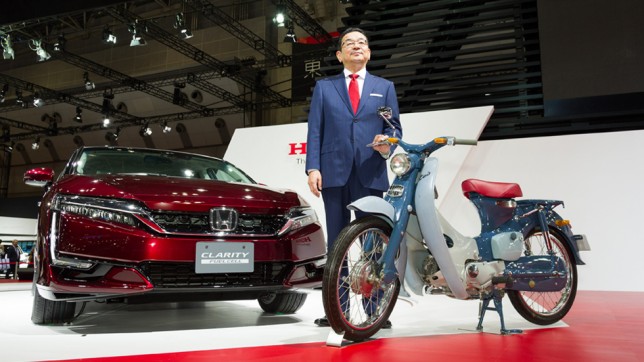By Nargess Banks
Photography by Aston Leach
Driving into Manchester city centre is a visual reminder of the grandeur of the Industrial Revolution. This was the world’s first modern industrialised city – thanks to the boom in textile manufacturing during the 18th century – and it made Manchester a wealthy city, its fortunes sadly declining in the years following World War II.
Regeneration
The city, however, has been undergoing extensive regeneration over the past two decades, making it unrecognisable from 20 years ago. Manchester is now a vibrant metropolis, attracting talent from around the country and beyond.
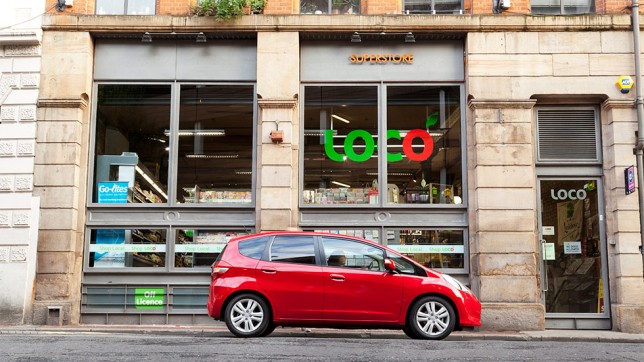
The Honda Jazz is the ideal choice for exploring cities
We are here to discover the new Manchester. Navigating the complex one-way systems, however, is no easy task, and finding the seemingly hidden Northern Quarter has turned into an adventure of its own.
Thanks to our compact Honda Jazz ES Plus, we nip in and out of narrow streets with ease. This is a car born to navigate the city.
Fashionable neighbourhoods
We arrive at the Northern Quarter and it appears to be all we had hoped for. Formerly a deprived neighbourhood, it’s now the pulsating heart of the city, thanks to its independent boutiques, restaurants and bars – not to mention trendy residents.
Chinatown is a stone’s throw away and we head there for a spot of lunch. This is the UK’s second-largest Chinatown and Europe’s third – and it has grown organically since the first settlers arrived at the beginning of the 20th century.
Mancunians claim the area has a distinctive Northern flavour. It is definitely the most colourful part of the city.
We drive south to the Oxford Road Corridor, Manchester’s self-styled cultural area. Home to the Manchester University campus and abuzz with students, we also find Whitworth Art Gallery, which was founded in 1889, two years after the death of one of the North West’s great industrialists, Sir Joseph Whitworth, who bequeathed much of his fortune to the city of Manchester.
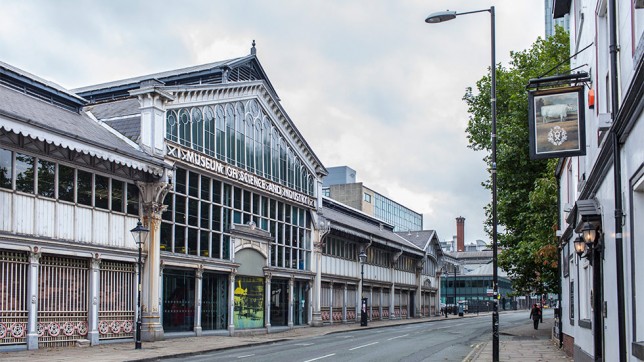
Manchester boasts some of the finest examples of the architectural styles of the industrial age
The drive through Oxford Road to Castlefield reveals the city’s heritage. Manchester boasts some of the finest examples of the architectural styles of the period. Neoclassical halls sit beside Gothic towers, spires and Baroque banks, many of which have been repurposed. You can imagine the city in its industrial heyday.
We arrive at Castlefield, an inner-city conservation area, located alongside the Bridgewater and Rochdale Canals. Back in the 18th century, cheap coal that helped fuel industry was brought to the city through these canals.
Historic sites
Here you can find the intriguing building that is the Museum of Science and Industry. It occupies the former Liverpool Road station, one of the city’s most important historic sites.

The size and versatility of the Jazz mean it is fun and easy to drive around Manchester
When the station closed in 1975, the council purchased it to become the museum’s home. Castlefield also houses some of Manchester’s finest canal-side independent bars, pubs and restaurants.
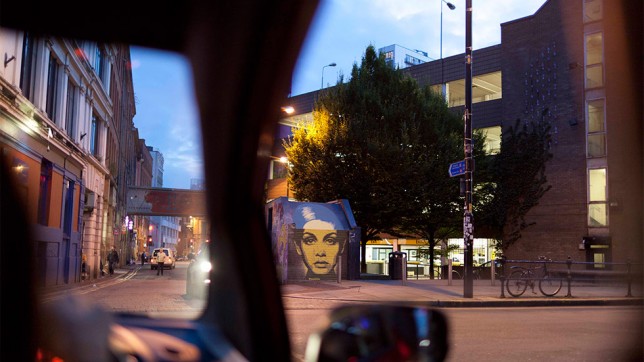
The fashionable Northern Quarter is home to boutiques, cafés and bars
Dinner, though, has to be back in the Northern Quarter, where earlier a number of restaurants caught our eye. By now we have mastered Manchester’s puzzling road plan, and the Jazz delivers us safely back to the Northern Quarter.



